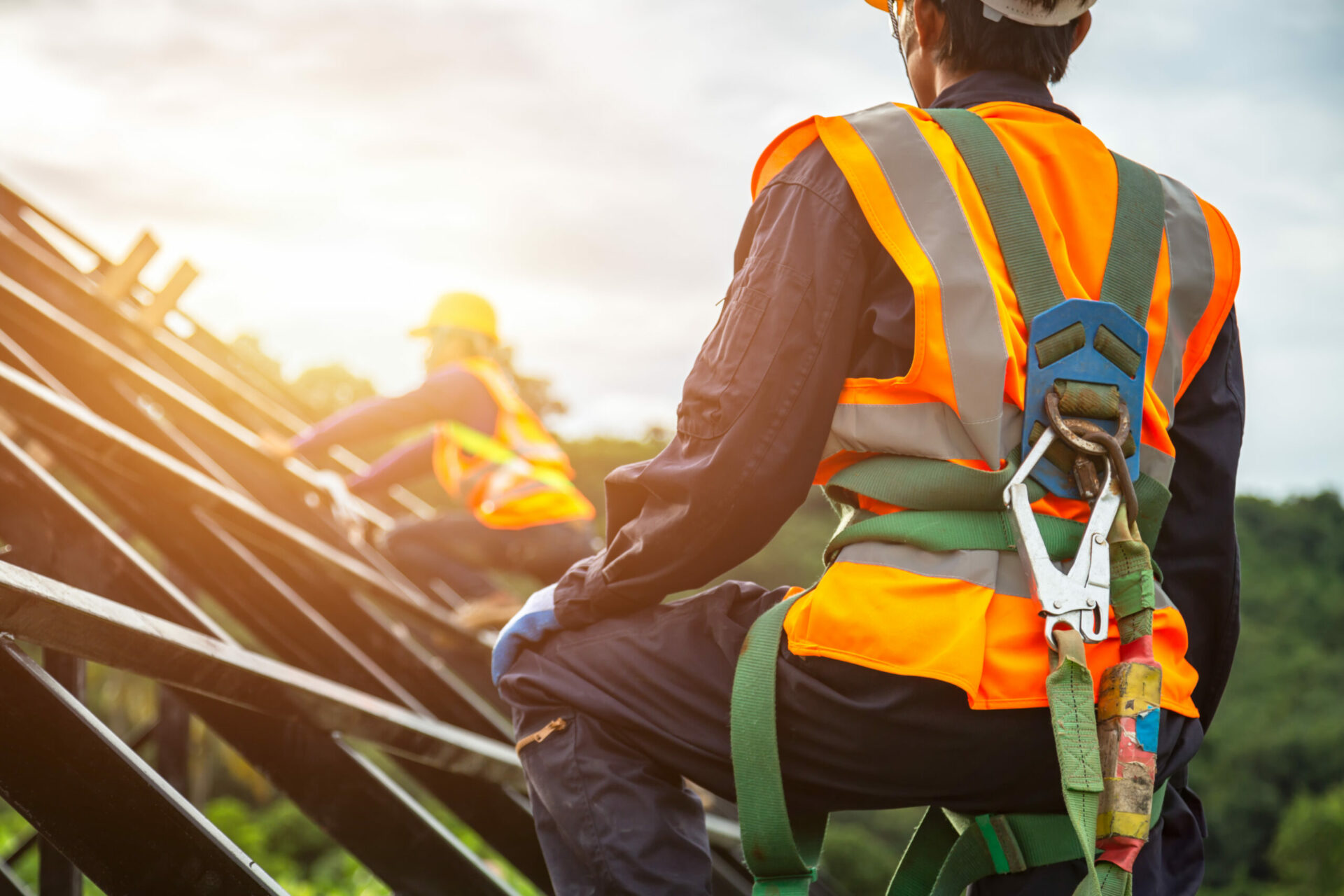Why Fall Protection is so important! It may seem like an obvious answer, but there is still much to be said on the topic. OSHA claims that falls are the most common cause of serious work-related injury and/or death. In 2021 fall protection became the most cited safety standard violation for the 11th year in a row, followed next by respiratory protection and then ladders in 3rd and scaffolding in 4th. I think it’s significant that that ladders and scaffolding come in 3rd and 4th because usually when working with ladders and scaffolding, you will be working at heights. So, I believe there may be some crossover.
You’re probably wondering what we can do to prevent more falls from happening? Well actually, Fall Protection is always going to come into play when you’re working with ladders, scaffolds, powered platforms, aerial lifts, vehicle powered platforms such as boom trucks, working on communications towers, electric lines, etc. These all have separate OSHA standards that apply to them specifically. So, you can see why Fall Protection can have the highest number of violations. There are so many different types of work that will require Fall Protection.
You can make a difference and falls don’t need to happen. They are preventable. We just need to do some important things to ensure they don’t happen. Like holding regular safety meetings. This is a great way to take some extra time and identify any fall hazards. That can also be a time to identify if equipment like harnesses and lifelines will be needed. A checklist can be used to make sure nothing is left out. Determine what the best type of fall protection to use would be. Take employee feedback into consideration.
Another thing employers can do, is to make sure employees receive proper training. This is a requirement in both of OSHA’s General Industry and Construction standards. Employees should be trained by a competent person in both the ability to recognize fall hazard areas as well as how to use fall protection equipment properly, and the roles they play in any fall protection plan. The employer must then certify that training has been provided with written documentation, and of course provide re-training as necessary. If you’re looking for fall protection training material, check out our in-house fall protection training kit.
In addition to training, employers should be sure they are investing in the right equipment. There are some different types of fall protections systems. Guardrail Systems, Fall Arrest Systems, Fall Restraint Systems, just to name a few. No matter the type of fall protection being used, take the time to research where fall protection equipment is being purchased from. Require proof that the equipment meets proper ANSI and CSA standards. Remember, body belts are not acceptable as part of a fall arrest system. They are only acceptable as part of a positioning device system. Don’t try to save a few bucks on your fall protection equipment. Employees will be more productive when they know they can feel safe. It’s best to inspect equipment daily. Regular inspections prior to each use are what OSHA requires for fall protection equipment. Take the extra time to do this because it could be your life that gets saved.
Maybe it’s the pre-job safety meetings. Maybe it’s fall protection training. Or maybe it’s taking the extra time to make sure your fall protection equipment is of good quality, and inspecting the equipment prior to each use. One of these things is going to save lives. Don’t try to guess which one it is and just do all of them. Ensure everyone goes home safe today.
